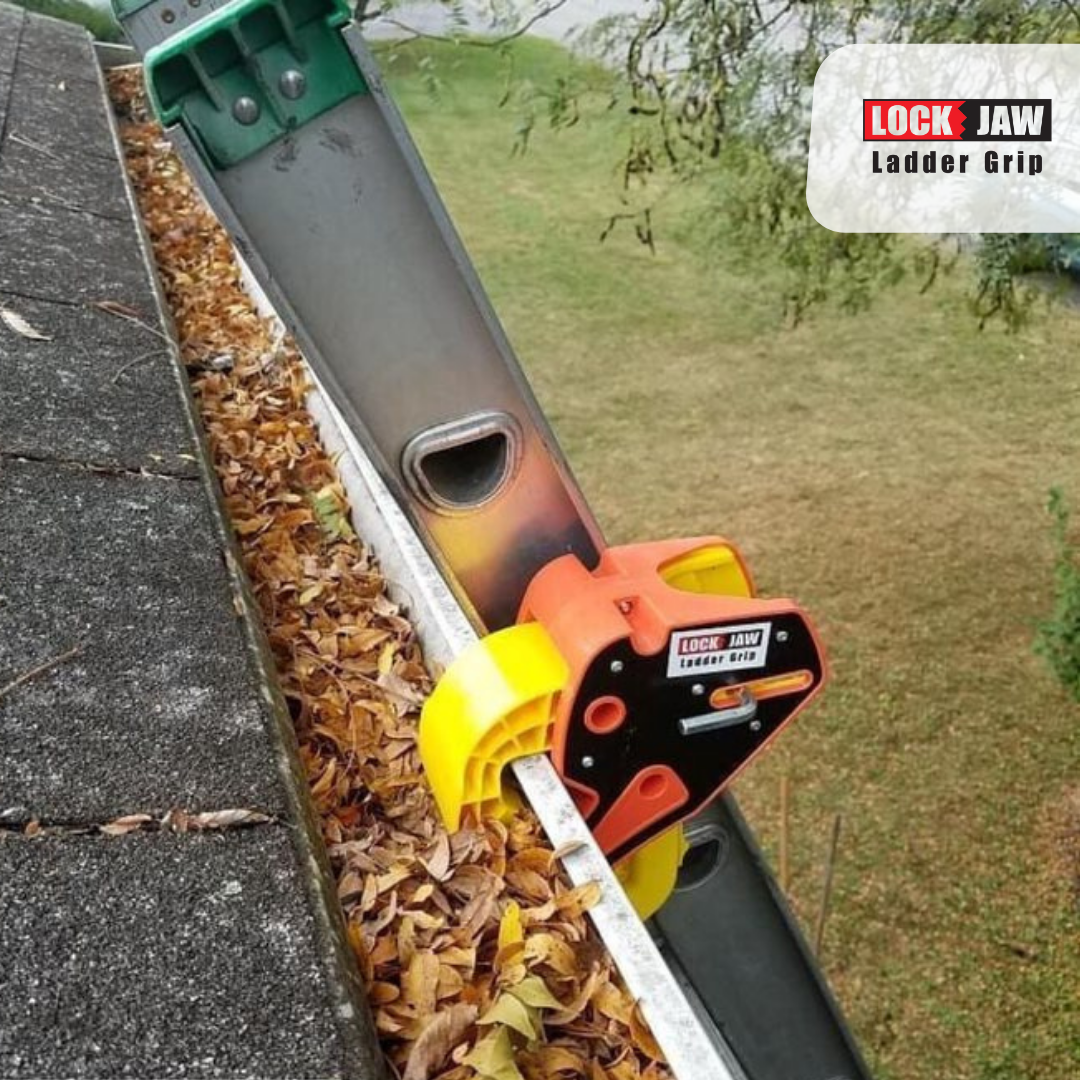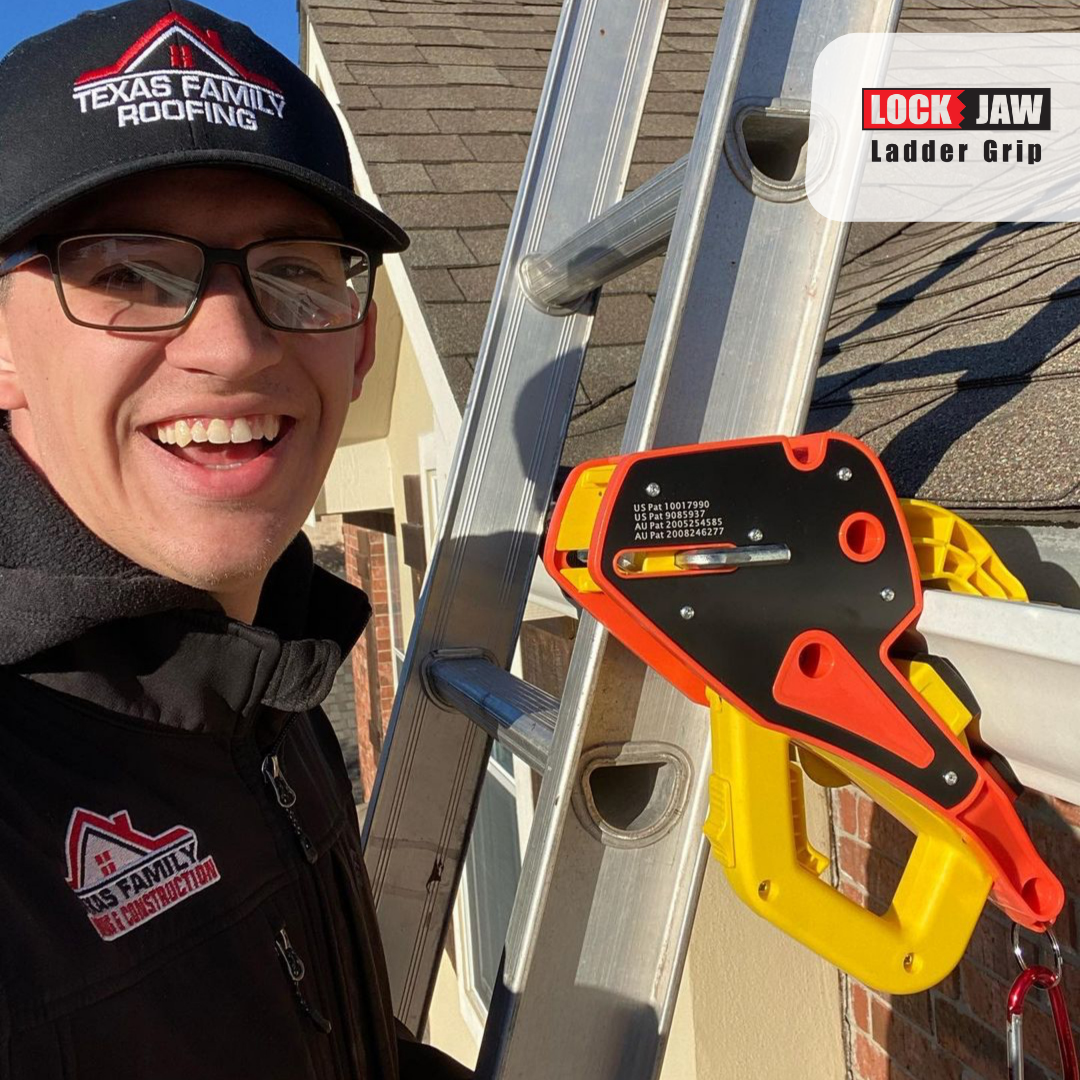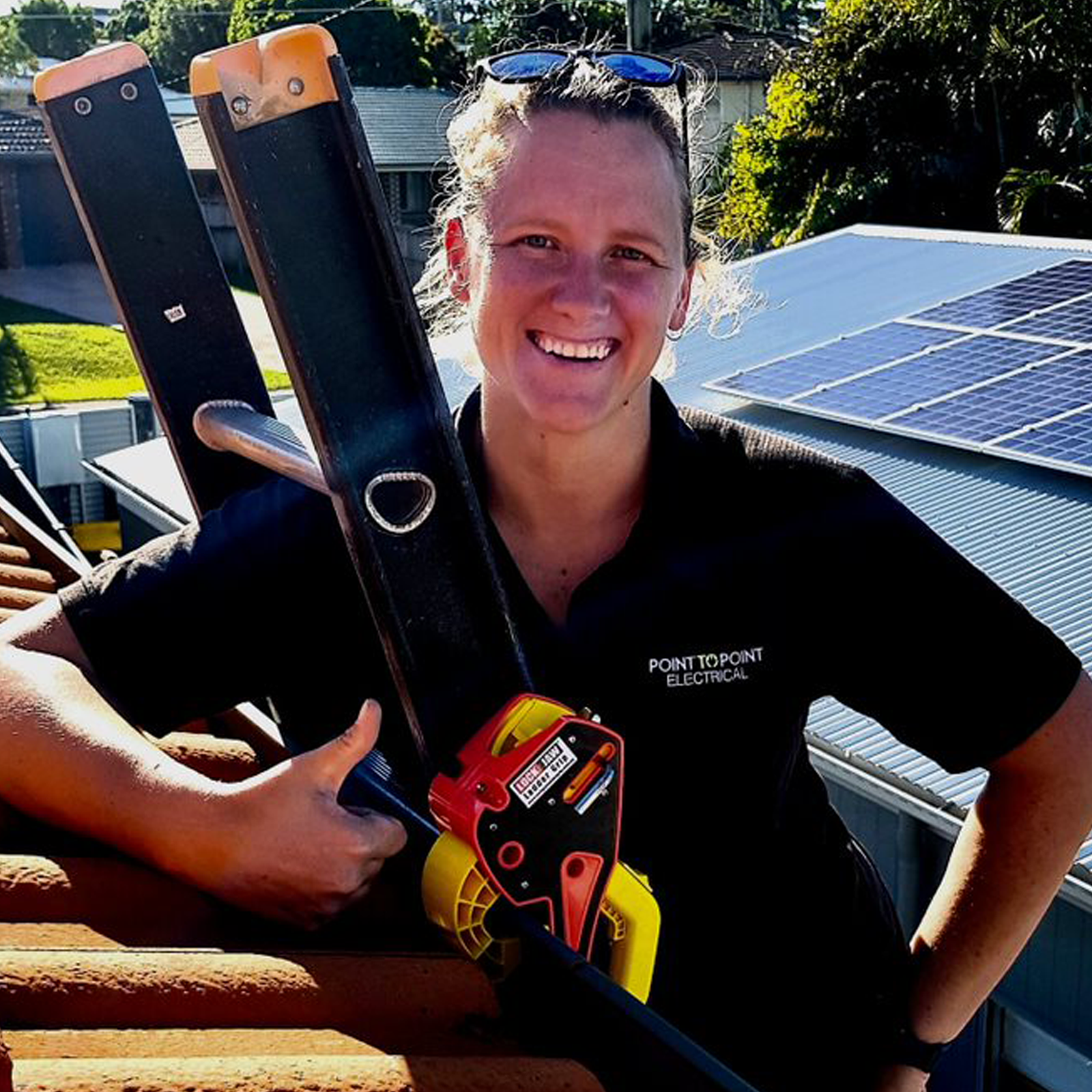Ladder Safety Accessories and Fall Prevention
Falls from ladders remain the second most common cause of work-related fatalities in the US construction industry. A substantial portion of these incidents occurs at building construction and maintenance worksites during the use of extension ladders. A ladder accessory can drastically reduce the risk of suffering injuries or even deaths caused by falling from a ladder.
Ladders are one of the most commonly used means of access to elevated surfaces; they are simple, quick set up, and relatively inexpensive. However, there is a persistent safety hazard implicated with ladder use as well.
Falls from heights are a leading cause of death rate in the construction industry, especially among inexperienced workers. Despite the efforts by workers, unions, employers, safety professionals, researchers, and governmental agencies falls in the construction industry continue to be a significant source of mortality and morbidity. Many people may consider ladders as a straightforward device and may suppose that ladder safety is a largely settled issue. However, the number of ladder-related injuries and fatalities is critical. Also, despite involvement in an official apprenticeship program, many apprentices work at heights without adequate preparation and subsequently, the experience falls. Apprenticeship programs can improve the timing and content of fall prevention training. There are technologies, such as ladder stabilisers and ladder safety devices that can reduce risk factors, as well as the toll of human suffering and economic loss.
Extension ladders are one of the higher risks at work working at heights and at home when doing DIY jobs. An extension ladder is a straight ladder that is adjustable in length. It consists of two or more straight sections travelling in guides or brackets so arranged as to allow the length adjustment. It is designed to deliver the greatest allowable length for a general-purpose ladder. Extension ladders are usually selected for reaching heights of 12 to 44 feet.
Ladder Safety and Common Sense
Place ladder on a solid, secure footing.
Extend ladder when no one is on it.
Adjust the length of an extension ladder only when your eye level is below the level of the locking device so you can see when the lock is engaged.
Always face the ladder when going up or down. Take one step at a time.
Move the ladder to where work can be done without reaching far to either side of the ladder.
Keep the bottom of the ladder free of materials, traffic, swinging doors, etc.
Never leave ladders upright and unattended if children are around.
Do not use ladders as guys, braces, gin poles, skids, scaffolds, etc. or substitute for any use other than the intended purpose.
Never repair a ladder with improvised parts or techniques.
All ladders must be securely placed, held, tied, or otherwise made secure to prevent slipping or falling. Prevent placing the ladder at an angle that is too extreme. The space between the bottom of the ladder and the supporting point must be approximately one-fourth of the ladder length.
A ladder shall be used when doing overhead work that cannot be safely performed from floor level. Do not stand on boxes, chairs, desks, bookcases, radiators, or makeshift supports.
Ladders should not be placed in front of doors or directly around any corner without proper warning signs in each approaching walkway.
Just one person can be on the ladder at one time. If two employees are required, a second ladder must be used. Never splice two ladders together to form a longer one. Never use ladders as scaffold platforms.
The maximum height a person should climb on the ladder is the third step from the top. Make certain that the stepladder legs are fully spread while in use. When working on a step ladder over ten feet high (With the exception of a platform ladder), the ladder must be held by another person.
When going up or down ladders, use both hands (free of other objects) and face the ladder. When dismounting from a ladder at an elevated location (as at a roof), make sure that the ladder side rails extend at least three feet above the dismount position, or that grab bars are present.
Ladder-configuration rules in the US
Extension ladders need to be able to support at least four times the maximum intended load.
Each rung must be capable of supporting a single concentrated load of at least 114 kg applied in the middle of the rung.
Rungs must be parallel, level, and uniformly spaced between 25 and 35 cm apart.
The minimum clear distance between side rails for all extension ladders shall be 29 cm.
Ladder-use rules
Extension ladders are to be placed at such an angle that the horizontal distance from the top support to the foot of the ladder is about 1/4 the working length of the ladder.
When extension ladders are used for access to the top landing surface, the ladder side rails shall extend at least 0.9 m above the upper landing surface to which the ladder is used to gain access.
Every employee shall use at least one hand to grasp the ladder when progressing up and/or down the ladder.
An employee is required to not carry any object or load that could cause the employee to lose balance and fall.
US Ladder safety requirements | OSHA 1910.26 specification for Portable Ladders:
Rungs and steps shall be corrugated, knurled, dimpled, coated with skid-resistant material, or if not treated to minimize the possibility of slipping.
Consider bottoms of the four rails of a stepladder are to be supplied with insulating, non-slip material for the safety of the user.
If ladders tip over, inspect ladders for side-rail dents or bends, or excessively dented rungs; check all runt-to-side rail connections; check hardware connections; check rivets for shear.
If ladders are exposed to oil or grease, the equipment must be cleaned for oil, grease, or other slippery materials. This can be done easily with a solvent or steam cleaning.
There are no specific guidelines for maintenance other than visual inspection and the beforementioned codes.
All ladders will be inspected yearly in compliance with OSHA 1910.26. Any ladder that does not pass inspection is to be either removed from service or repaired.
Metal ladders must never be used while working with electrical fixtures or devices. Wooden ladders must not be painted
Source: Extension-ladder safety: Solutions and knowledge gaps
Ladder accessories for roof
One of the most frequently asked questions is: How do you attach a ladder to a roof?
A ladder accessory can help you to comply with ladder safety standards and regulations, preventing falls from ladders. Extension or straight portable ladders are frequently used in construction work for a variety of tasks, and frequently for access to elevated buildings such as residential roofs.
Lock Jaw Ladder Grip is a ladder stability device to assist with portable ladder safety and prevent injuries. Many say it is the best ladder stabiliser on the market, It locks on in 5 seconds.
Assists to meet OHS and legislative requirements
Is robust and secure with a unique patented jaw and retention mechanism
Easy to use
30-day Money Back Guarantee
Ladder safety: Who can use a ladder at work?
To use a ladder, you need to be competent, ie have had instruction and understand how to use the equipment safely. Appropriate training can help. If you are being trained, you should work under the supervision of somebody who can perform the task competently. Training can frequently take place on the job. Please keep in mind ladder safety rules and implement the usage of ladder safety devices.
It is difficult to believe that over 500, 000 people every year are injured from falls from ladders, most could have been prevented if the user had thought more about ladder safety. We are going to explore 8 ladder safety tips when working at height. The safety of you and your crew is the most important consideration prior to starting any job. If something was to happen to you, who might run your business or look after your loved ones. Working at height is a safety topic often discussed at work but often overlooked when working at home. Ladders are an amazing tool for a multitude of purposes. They are used daily all over the world by a diverse range of people. These include roofers, builders, firefighters, solar installers, plumbers, electricians, home handymen, window washers and many more.
About Ladder Safety
Most homeowners will attest that a ladder is one of the most practical tools to have in any home.
However, care must be taken when using ladders as they can prove to be dangerous if not used properly and proper safety precautions followed.
The following are some safety tips that will ensure that you and everyone around you are safe when using ladders.
Tips For portable ladder safety (Safe Ladder Use)
Use the right ladder for a given job. Most ladders can be used for various jobs around the house but using a ladder that is either too slippery or too small to be used in a certain area will only lead to falls and injuries.
Follow all manufacturer directions and where possible, get appropriate training on how to use the ladder in question.
Check your ladder for damages every time you want to use it. A ladder might get damaged without your knowledge, and this might end up compromising your safety.
Make sure that the bottom and top of the ladder have adequate support; enough to accommodate your weight.
Do not stand on the top rung of the ladder. The furthest you should go is the third rung from the top of your ladder.
Do not use a ladder outside when it is windy or it’s raining. Wear comfortable, non-slip shoes before you climb up a ladder.
Face the ladder as you climb up and use the rungs instead of the side rails to get to the height that you want.
Do not climb up a ladder with tools in your hands. Instead, put them in a tool belt that can be easily fastened around your waist.
Get some help when moving around heavy ladders that are difficult to carry. Avoid overreaching as this can make the ladder topple over. Instead, climb down and move the ladder close to the area that you want to reach. Or use a Lock Jaw Ladder Grip to keep it secure!
Get rid of all hazards like cords and other objects in your working area before you set up the ladder.
Do not place objects under the ladder in a bid to increase the height as this reduces the stability. If you realize that your ladder is too short for the place you want to reach, just get another ladder that is suitable for that job. Read all care and warning labels that come with your ladder to ensure that you are using it as intended.










